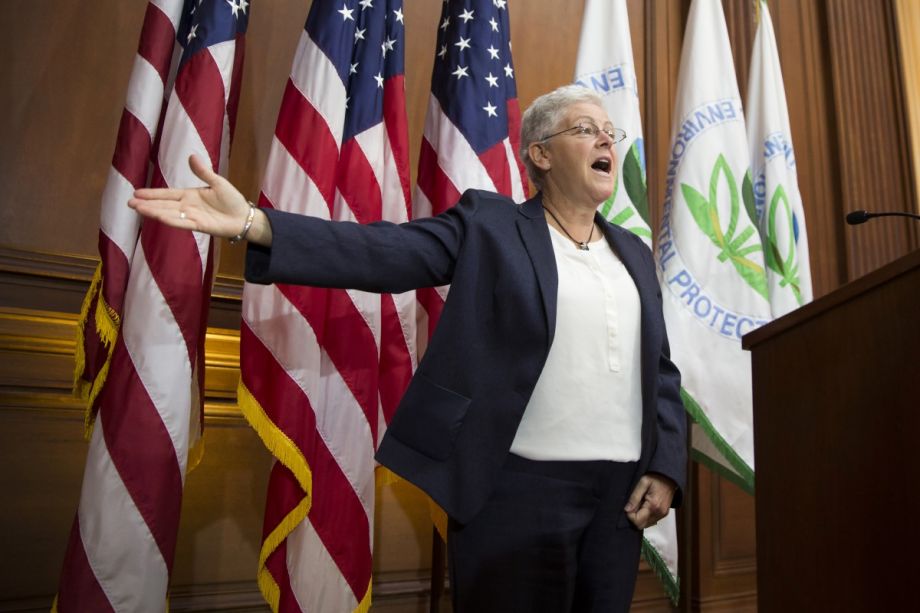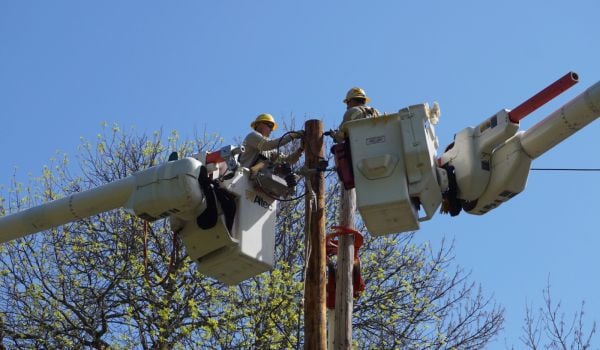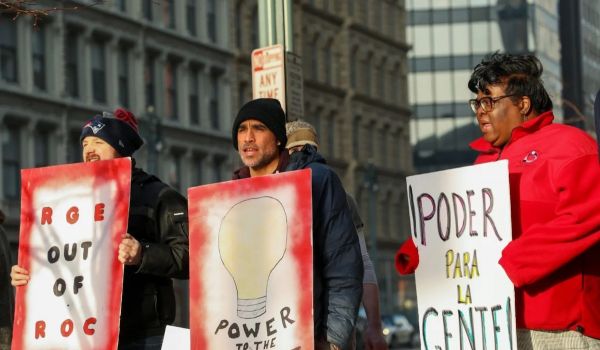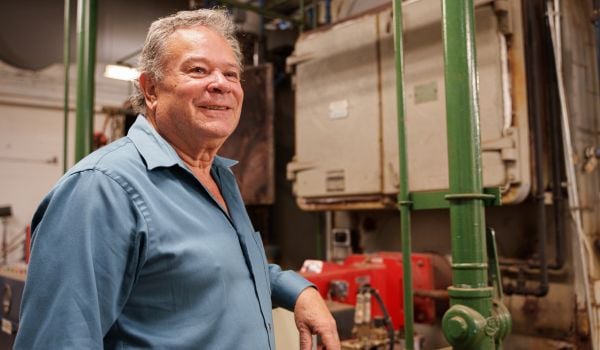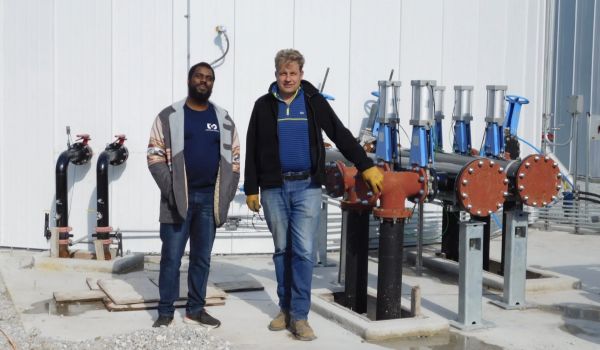On Monday, the Environmental Protection Agency unveiled a proposal to cap greenhouse gas emissions for electric power producers, with a goal of reducing overall national emissions levels by 30 percent from 2005 levels by 2030.
While this goal sound ambitious, a closer reading of the 645-page plan finds them a lot more anodyne. Not only would the proposal not actually reduce today’s emissions by a quarter or 30 percent, but it may not even be all that focused on electric utilities, and could benefit the natural gas and nuclear power industries.
The fact that 2005 is used for the baseline is the first caveat. Though using old numbers is not unusual — Germany uses 1990 in its pollution targets — generally, the targeted cuts are much more aggressive when doing so. In Germany, for example, one goal is to cut emissions by 80 to 95 percent of 1990 levels by mid-century.
But given that the power industry’s carbon dioxide emissions in the United States are already down 14 percent since 2004, and the proposal is to allow states to count previous carbon reductions toward the ultimate 30 percent goal, the actual cuts are more like half the headline figure.
“We aren’t sure how that happened,” a coal industry lobbyist told the Wall Street Journal of the 2005 baseline, “but it’s a big relief.”
States will also have flexibility on how to meet the targets, even if it means the cuts don’t come from electric utilities, which are the ostensible target of the new regulations.
U.S. power plants are the largest single source of pollutants so it would be tough to meet the targets without touching those, but states can try. In addition to supply-side emissions reductions like shifting to less polluting power sources (which, if you’re starting with a coal-heavy baseline, could just as easily mean switching to natural gas or renewables like solar and wind), energy efficiency can also count toward the reductions targets.
In the end, natural gas is likely to be the biggest winner, with one industry executive predicting drilling in shale gas fields that otherwise would not be viable. The nuclear industry also stands to benefit, since while not renewable, energy produced by nuclear reactors does not emit any greenhouse gases.
The EPA plan also gives targets in terms of pounds of carbon dioxide emitted per net megawatt-hour of electricity produced, which leaves open the possibility that overall electric utility emissions could rise with increasing power use, even as the amount of pollution per unit of energy produced falls.
The plan allows for current emissions so states that don’t emit much to produce electricity aren’t off the hook, and states that currently pollute a lot to generate power won’t be hit with massive reduction goals. If the goals are achieved, it would still mean massive chasms in the pollution needed to produce each unit of electricity.
Washington State, for example, with its current heavy reliance on hydroelectric dams, would be asked to produce each megawatt-hour of electricity while emitting only 215 pounds of carbon dioxide. At the other end of the spectrum, heavily coal-dependent North Dakota could emit more than eight times as much carbon — 1,783 pounds — in pursuit of the same megawatt-hour of electricity delivered to homes and businesses.
The Works is made possible with the support of the Surdna Foundation.
Stephen J. Smith is a reporter based in New York. He has written about transportation, infrastructure and real estate for a variety of publications including New York Yimby, where he is currently an editor, Next City, City Lab and the New York Observer.


